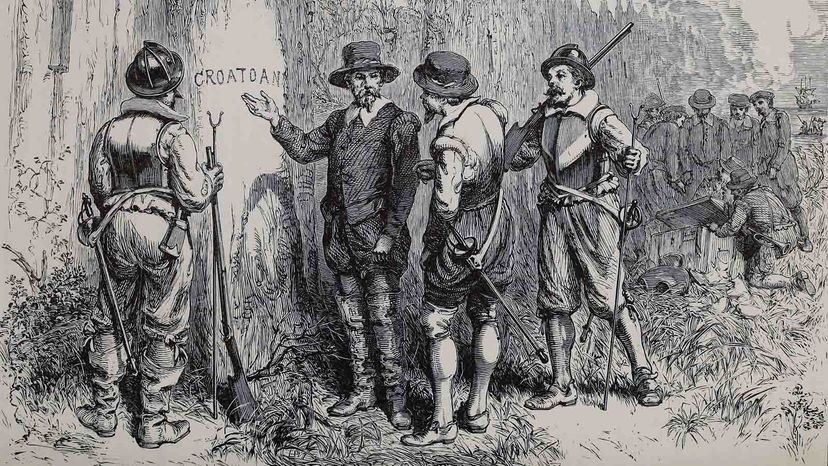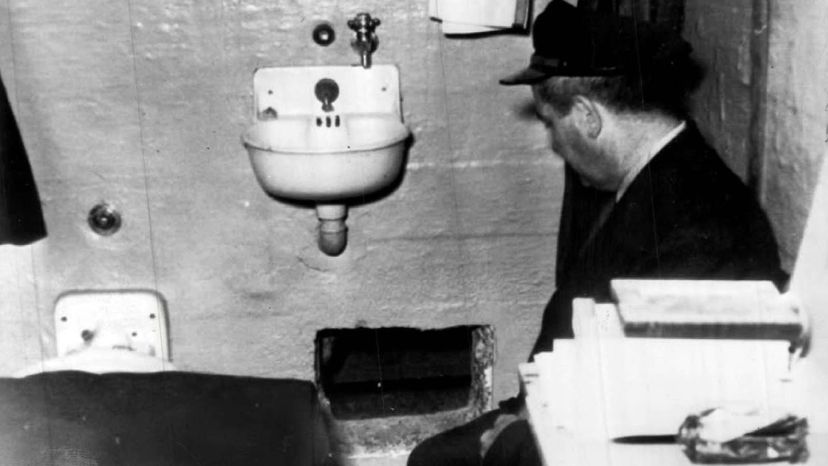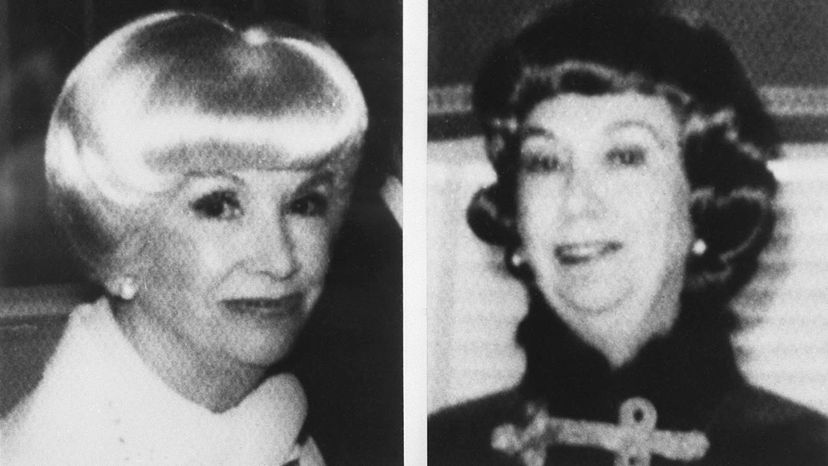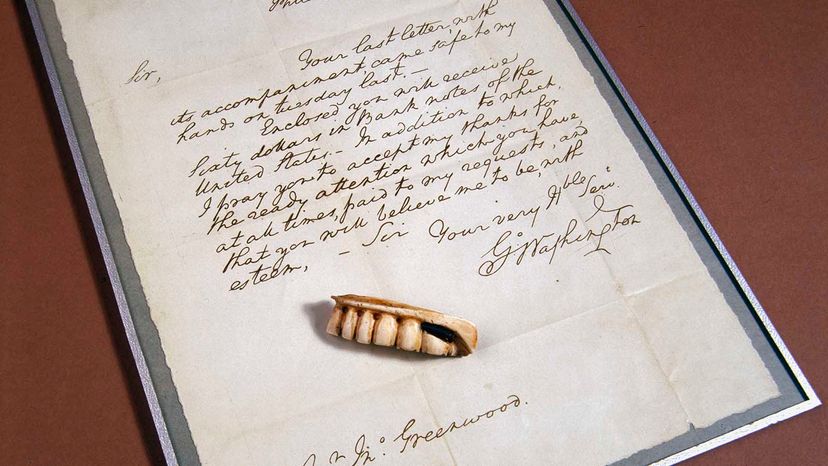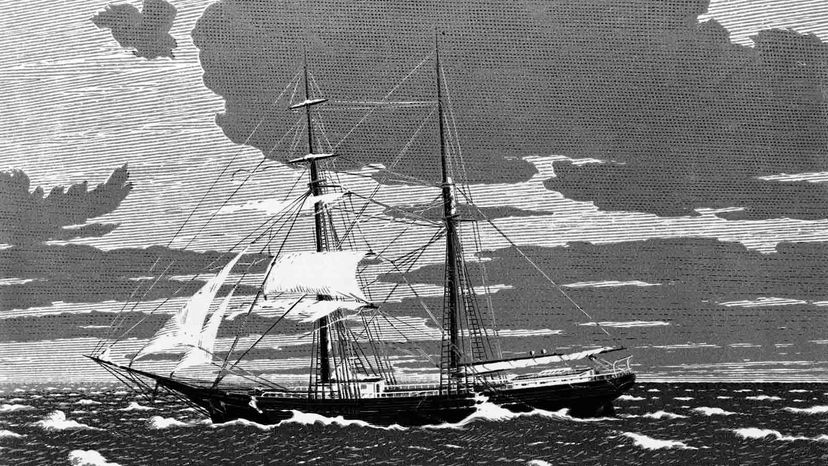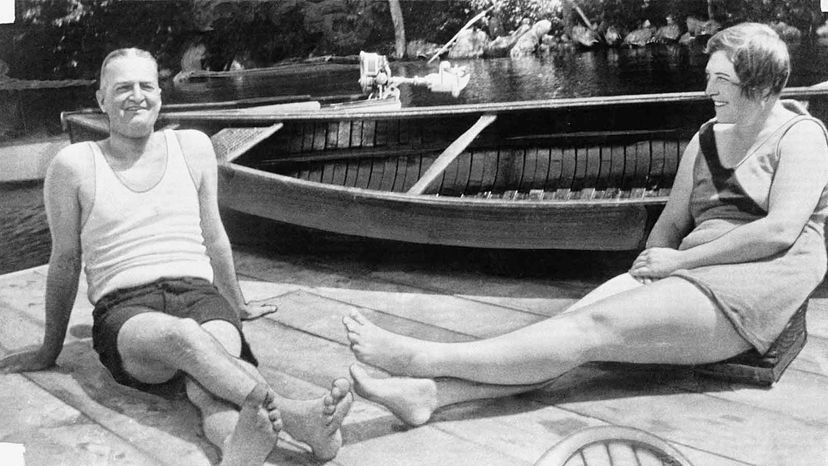
If you've seen the classic 1960 movie "Spartacus," you may be surprised to learn that the rebellious second-century gladiator portrayed by Kirk Douglas wasn't actually captured and put to death by the Romans. In real life, he was never found — dead or alive — even though the slave army was defeated on the battlefield [source: Appian]. Spartacus seems to have slipped off into the shadowy netherworld occupied by the likes of 17th-century British pirate "Long Ben" Avery or 1970s airline hijacker D.B. Cooper, who eluded pursuers and never resurfaced again.
As you can see, people have been disappearing without a trace for centuries. There's New York Supreme Court Judge Joseph Force Crater, who left his dinner companions and walked down a Manhattan street one evening in 1930 to attend a play and was never seen again. Then you have Jane, Arnna and Grant Beaumont, three Australian children who disappeared from a beach in 1966 and were never located, despite an exhaustive search.
Advertisement
We often become fixated on these types of cases. That's because, one of the human mind's integral characteristics is what psychologists call closure — our desire to find definite, clear answers to questions, and our corresponding discomfort with the unknown and the ambiguous [source: Konnikova].
Not to mention, the circumstances surrounding these disappearances fuel our love of a good mystery. Here's a look at 10 of the most puzzling disappearances ever.


